60 years young: Mallala celebrates a milestone
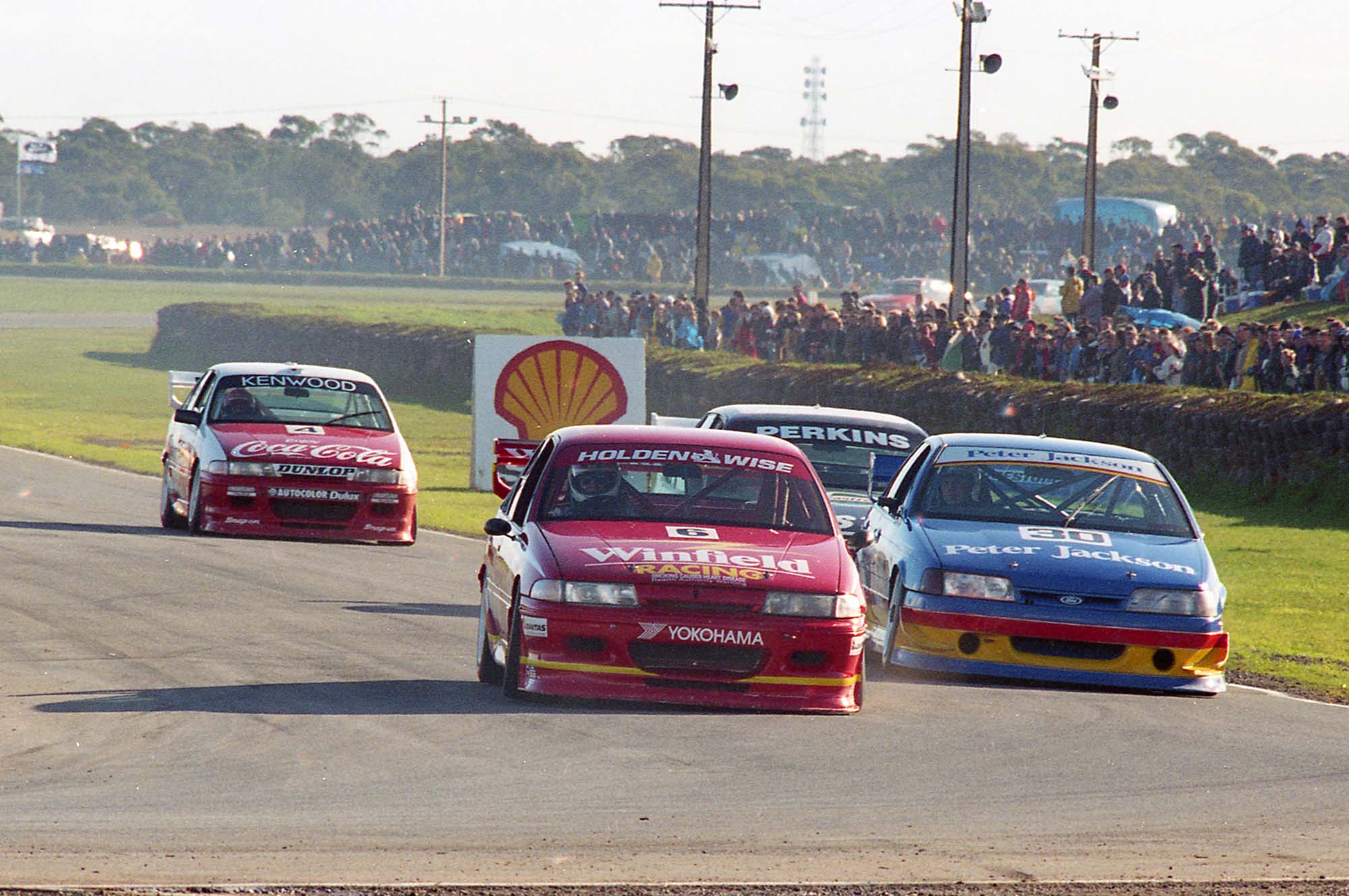
South Australia’s iconic Mallala Motorsport Park will celebrate its 60th anniversary with a full weekend of on and off-track action on August 28-29.
Arguably the spiritual home of motorsport in the state, the World War Two airbase-turned racing circuit is the state’s oldest venue and has been a staple of Australian motorsport since 1961.
The circuit hosted the Australian Grand Prix, 14 Australian Touring Car Championship / Supercars rounds and 29 rounds of the Australian Drivers’ Championship.
A two day ‘Mallala Masters’ event will be held to celebrate the circuit’s 60th birthday, bringing out a trove of classic and current machinery as part of a two-week Adelaide Classic Motoring festival, that includes The Bend Classic on the Fathers Day weekend and a Grand Tour of Kangaroo Island to be held between the two events.
The Mallala event will include several Super Sprint categories, a combined sedans field, Prototype racers and the hallmark Ryan Pannowitch Memorial Trophy event for a 35-plus strong field of Excels.
Classic displays of Mallala-specific vehicles and RAAF / aviation displays provided by the SA Aviation Museum and more will be a feature of the event.
“I first visited Mallala in the 1980s as an avid Motorsport fan, in awe of the facility that was one of the best in its heyday,” said Sam Shahin, Managing Director of The Bend Motorsport Park & Mallala Motorsport Park.
“There were grandstands full of spectators and a genuine buzz that left me dreaming of being part of that exciting world one day.
“Mallala is a special venue to South Australian Motorsport fans and we are going to celebrate that in the best possible way this August.”
Tickets are just $10 and are available at the Mallala website.
The location currently known as Mallala Motorsport Park saw ground broken in 1939, as Australia geared up for the looming conflicts in Europe and the Pacific that would ultimately become World War two.
The Australian Government looked to regional South Australia as a secure place to create a base that could train the thousands of pilots the Royal Australian Air Force would need for the looming conflict.
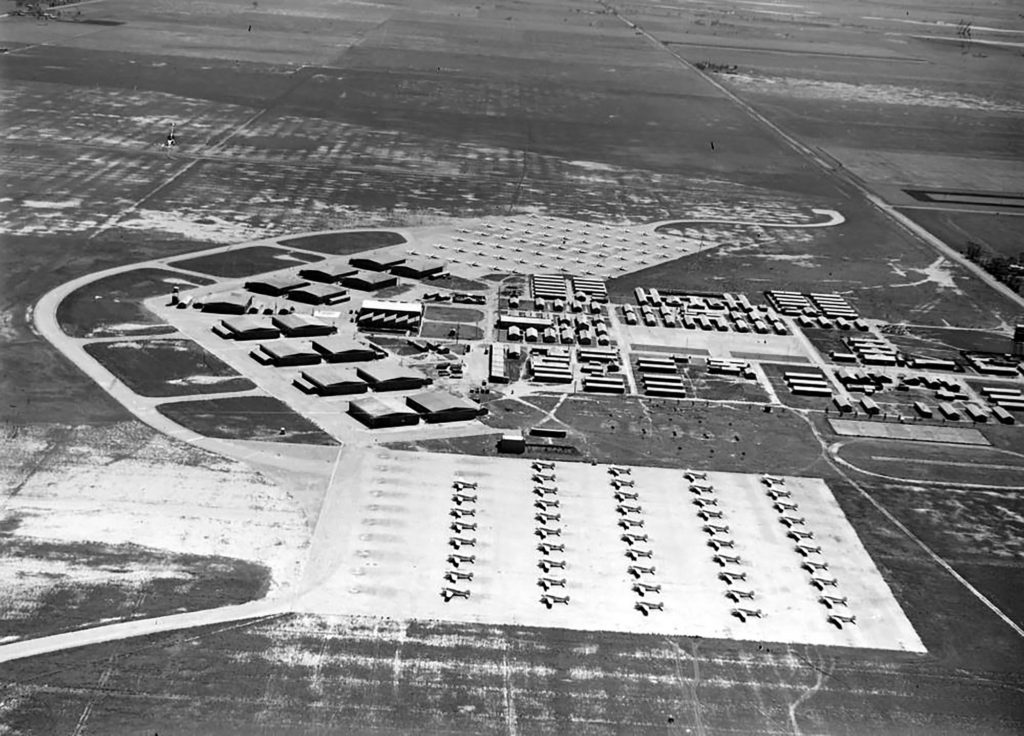
A flat piece of farmland 50km north of Adelaide was selected as the location with RAAF base Mallala becoming operational soon thereafter in 1941.
As the home of No. 6 Service Flight Training School during the war, more than 2000 pilots were trained and educated at the base throughout the course of the war, at least 11 of them sadly losing their lives in training accidents along the way.
Post-war, the base was the home of the Care and Maintenance unit, responsible for the upkeep, storage and scrappage of surplus war materials.
RAAF Mallala would also play a key support role to the expanding Woomera Rocket Range facility in the state’s far North, before being officially closed in 1960 as the RAAF consolidated operations at the Edinburgh base nearer to the city.
However, the facility would only be idle for less than a year.
Frustrated with a Government-enforced ban on road racing in the state, and the closure of the short-lived Port Wakefield circuit (South Australia’s first permanent track), local racing enthusiasts and competitors were scouting for a new location to race – and Mallala’s extended taxiways and aprons seemed like the ideal location.
A group of competitors purchased the facility from the air force in 1961, setting out a 3.38km circuit that for the most part, followed the established layout of the base’s taxiways, access roads and hardstand areas that once housed hangars.
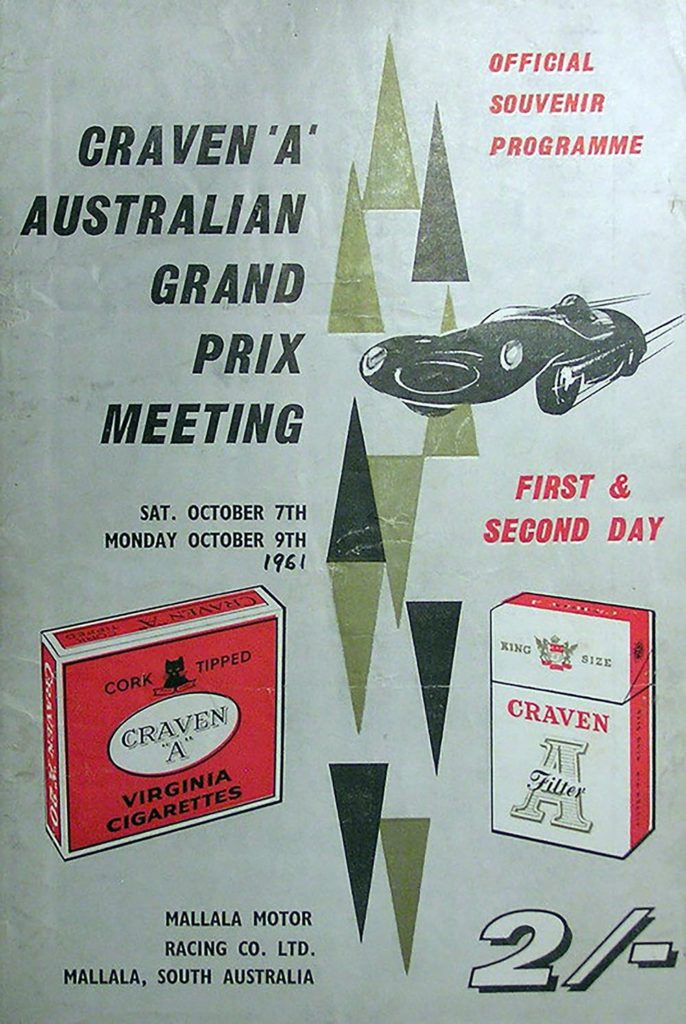
After opening, the circuit’s second ever meeting was the 1961 Australian Grand Prix, the last AGP held in the state prior to the 1985 arrival of Formula One on the Adelaide city streets.
The legendary Lex Davison headed Bib Stillwell to win the race, driving a Cooper Climax, with David McKay third.
Mallala’s next major event was to host the 1963 Australian Touring Car Championship, the top series’ for ‘tin-top’ cars in Australia at the time contested over a single race, rather than a multi-round series as it is today.
Bob Jane powered his Mk.1 Jaguar to victory in the 25-lap race ahead of Ern Abbott, with the notable name of Clem Smith third aboard a Chrysler Valliant. Smith would become key to the circuit much later in its future.
The circuit was shortened to its current 2.6km layout in 1964, with very few changes to the actual layout occurring since then.
After a 10-year period of activity, the circuit was closed to motorsport in 1971 following its purchase by promoter and developer, Keith Williams.
Williams’ already owned the Surfers Paradise circuit in Queensland and was at the same time building a circuit at nearby Virginia, not far from Mallala. A court-ordered caveat was placed on the venue preventing any racing activities, while much of the infrastructure was moved to the new circuit.
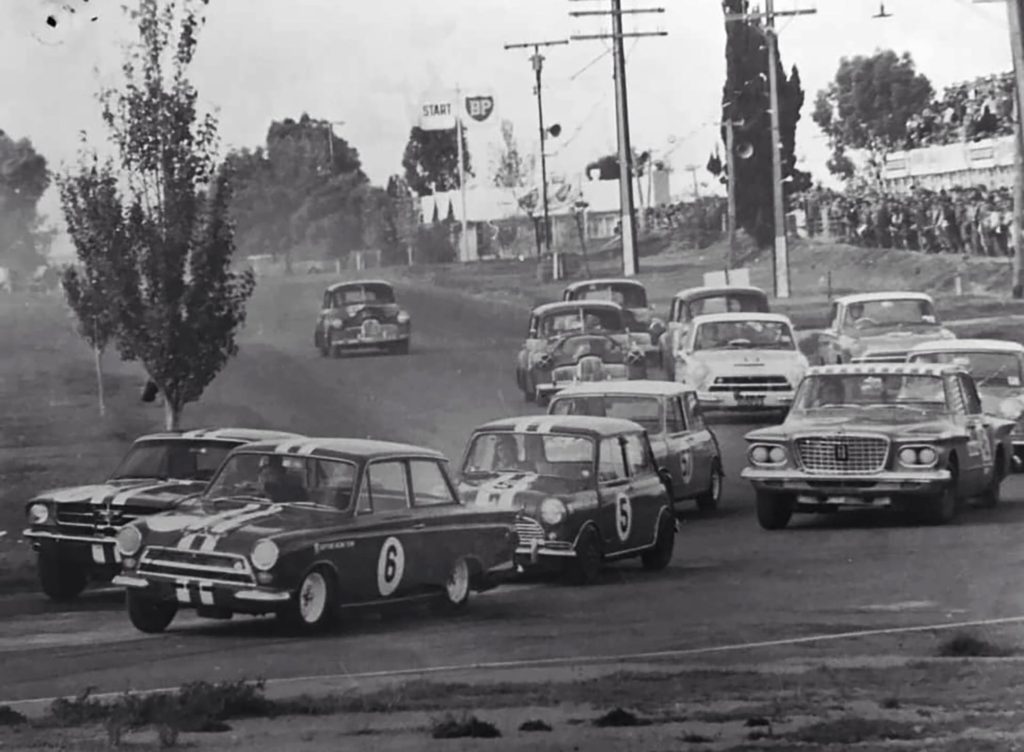
During the intervening period the circuit was used by local manufacturer Chrysler as a testing venue, while Adelaide-based racing car constructor Elfin also tested extensively at the circuit.
The circuit was sold to new owner Clem Smith in 1977 and, after five years of rebuilding and protracted legal wrangling, the circuit was granted a license once again in time for the 1982 season.
Following a gradual reintroduction of national-level motorsport, the circuit became South Australia’s home of the Australian Touring Car Championship in 1989 as Dick Johnson powered his Shell Ford Sierra Cosworth to victory.
Over a decade, the circuit hosted several memorable moments, including the Australian racing debut of the iconic Nissan GT-R ‘Godzilla’ in 1990.
Johnson, Colin Bond, Mark Skaife (on three occasions, more than any other driver), Glenn Seton, Craig Lowndes and Greg Murphy all featured as Mallala Touring Car winners, while names like Tony Longhurst, Brad Jones, Geoff Brabham and Paul Morris did the same at the popular two litre ‘Super Touring’ events.
The circuit was notable for its constant improvements each year as income from major events would be reinvested into upgrades to spectator facilities, the circuit itself and surrounding infrastructure.
Peter Brock’s final South Australian event on his 1997 retirement tour filled the venue to the brim; 30,500 people an attendance record for the circuit that stands today.
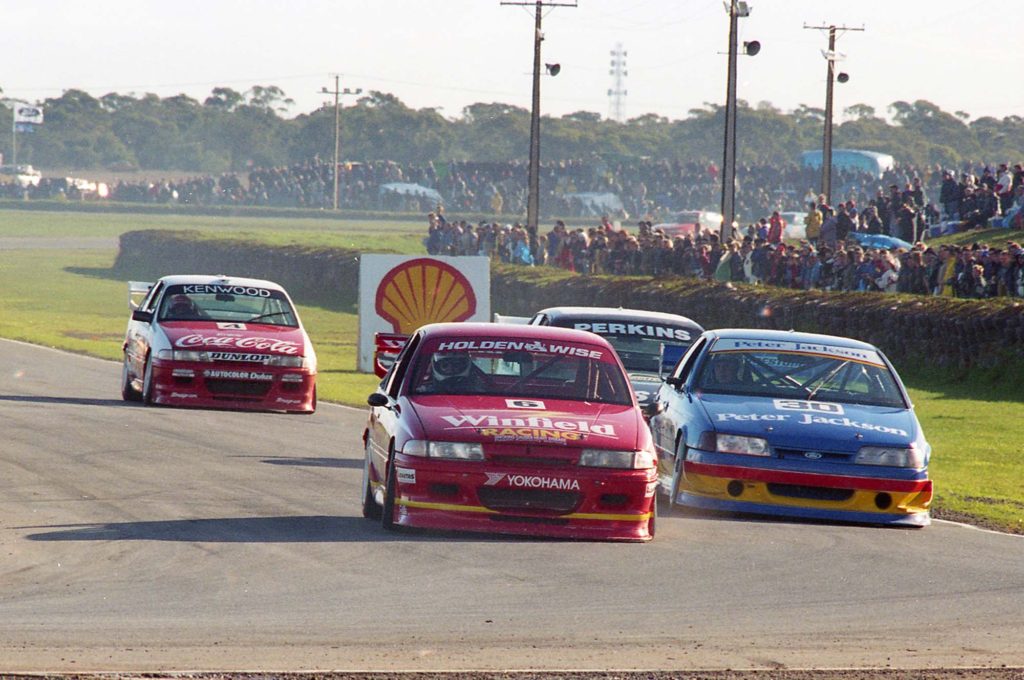
PHOTO: John Lemm
The following year would see the final touring car round held at the venue won by Russell Ingall – Craig Lowndes won the final Touring Car race there – as the series now known as Supercars headed to the Adelaide 500 the following year.
The Supercars would return for a ‘final fling’ in 2002 in a unique mid-week ‘pre qualifying’ session prior to an oversubscribed Adelaide 500 that year.
Mallala hosted rounds of the Supercars Development Series (now Super2) though 2006 and continued to host rounds of the Australian Drivers’ Championship through 2010.
The circuit was a mecca for Australian Truck Racing in the 1990s, remains a popular venue for racing on two-wheels and led the charge in the rise of drifting as a significant component within Australian Motorsport.
Clem Smith owned the circuit through to his passing in 2017, his family electing to place the property on the market where it was acquired by the Peregrine Corporation, who were at the same time in the process of building The Bend Motorsport Park near Tailem Bend.
Under the new ownership, Mallala remains a busy venue; a hub of state-level circuit racing, drifting, practice days and driver training / experiences.







